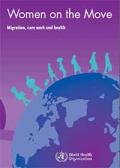Publications on Migrants
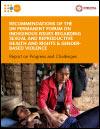
This report presents an analysis of the recommendations made by the United Nations Permanent Forum on Indigenous Issues (UNPFII) on the issues of sexual and reproductive health and rights and gender-based violence. It also reviews the implementation of these recommendations by United Nations Member States.
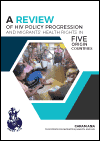
This study intends to provide a brief context of the current situation of migrants’ health rights, primarily by looking at the progression of HIV and AIDS related policies and practices over time. HIV is considered an indicator because it is one of the most sensitive health conditions. As a treatable disease, considerations surrounding HIV extend beyond health and encompass social issues of stigma and discrimination.
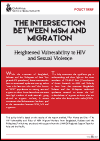
This policy brief is based on the results of the report entitled, “For Money and Sex – The HIV Vulnerability and Risks of MSM Migrant Workers from Bangladesh, Pakistan and the Philippines,” which was produced with support from the UNAIDS Regional Support Team for Asia and the Pacific.
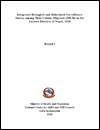
This is the first round of the IBBS survey conducted among MLM in six eastern districts (Illam, Panchthar, Dhankuta, Jhapa, Morang and Sunsari districts) of Nepal. The first round of survey was undertaken to assess the burden of HIV, ither STI prevalence, and its associated factors. This baseline data will also help to analyye trends of HIV prevalence and its associated factors in future.

The report is the third round of the Integrated Biological and Behavioral Surveillance Survey (IBBS) among the wives of migrant labourers in Province 7 (Far-Western) of Nepal. The survey is based on the data of 400 wives of those migrant labourers in the four districts (Achham, Doti, Kanchanpur, and Kailali) who temporarily migrate or used to migrate to India to work as labourers.
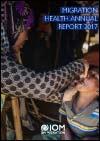
This report provides a snapshot of IOM’s health activities in 2017 and presents key achievements under three broad themes: (a) partnerships in migration health; (b) migration health in the context of crisis; and (c) disease prevention and response. The report illustrates IOM’s growing multidimensional migration health activities and partnerships in 2017, and demonstrates IOM’s commitment to advancing the health of migrants and their families worldwide, as well as supporting IOM Member States in addressing migration health challenges.

Formal labour migration procedures are assumed to be beneficial to migrant workers in various ways, including by reducing vulnerability to abuse and exploitation. Little empirical work, however, has been conducted comparing the experiences of regular and irregular migrant workers, and assessing the outcomes of these different migration models. The report contributes to filling this gap in the study of migrant work, with a focus on the migration corridor between the Lao People’s Democratic Republic and Thailand.
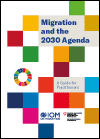
The focus of this guide is to help policymakers implement the migration aspects of the SDGs. Policymakers can use this guide to integrate migration into local or national development planning, by designing and implementing interventions that relate to migration in the context of the SDGs. These interventions may take the form of legislation, policies, programmes, projects or other activities, and may relate to core migration topics or integrate migration into activities in another sector.
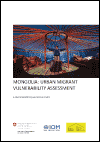
The study identified that the main impacts of existing vulnerabilities on urban migrants include challenges finding accommodation, along with land in the case of the ger areas, employment, access to urban services, financial disadvantage, information access, and social and familial conflicts.
